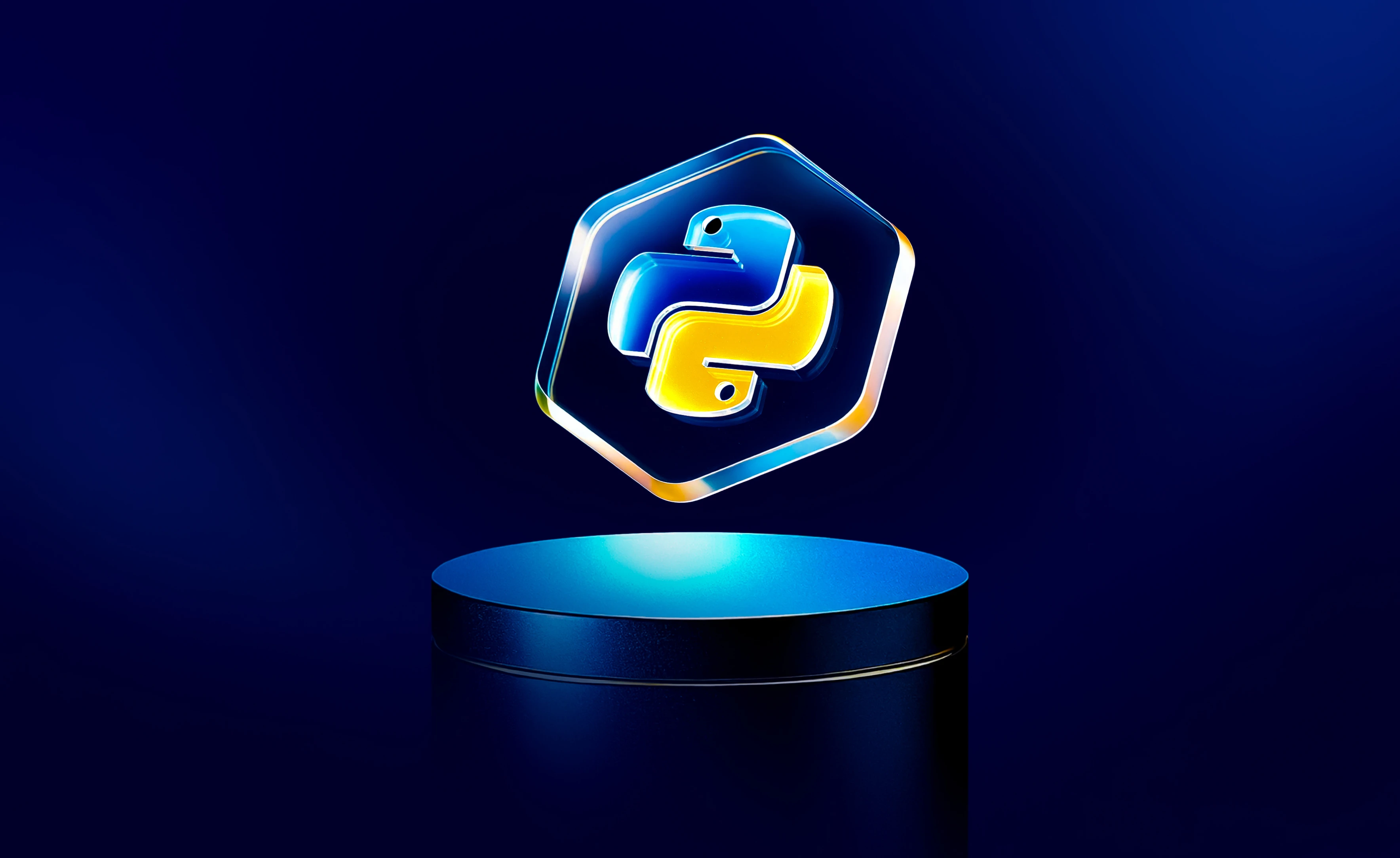About this course
This course introduces the core concepts and practical applications of Artificial Intelligence, focusing on how AI perceives the world through data, processes human language, and understands emotions. You’ll learn by doing, implementing projects like face detection, masked/unmasked face identification, emotion recognition, and building interactive chatbots using Python and key AI libraries such as OpenCV, DeepFace, and NLP tools. This course provides a hands-on understanding of fundamental AI techniques and their real-world impact.
Comments (0)
Understand the fundamentals and real-world applications of Artificial Intelligence.
Learn how AI perceives data from the environment using sensors or inputs.
Compare human perception with AI perception and explore how machines 'see'.
Detect human faces in images using OpenCV's Haar Cascade classifier.
Train and use a model to identify masked and unmasked faces from video or images.
Recognize and differentiate between faces using Google Colab and OpenCV libraries.
Create a system that detects and classifies emotions using FER and DeepFace libraries.
Explore how machines understand and process human language.
Identify key components like Tokenization, Stemming, Lemmatization, and POS tagging.
Build a basic chatbot using Python lists and a small corpus for training.
Develop a smart chatbot that responds to user queries using NLP.
Understand the role of LLMs and Transformer architectures in language models.
Perform basic text preprocessing and extract useful insights from textual data.
Design and implement a full NLP pipeline for solving real-world text problems.
Create a chatbot that analyzes user emotions from text using NLP techniques.






